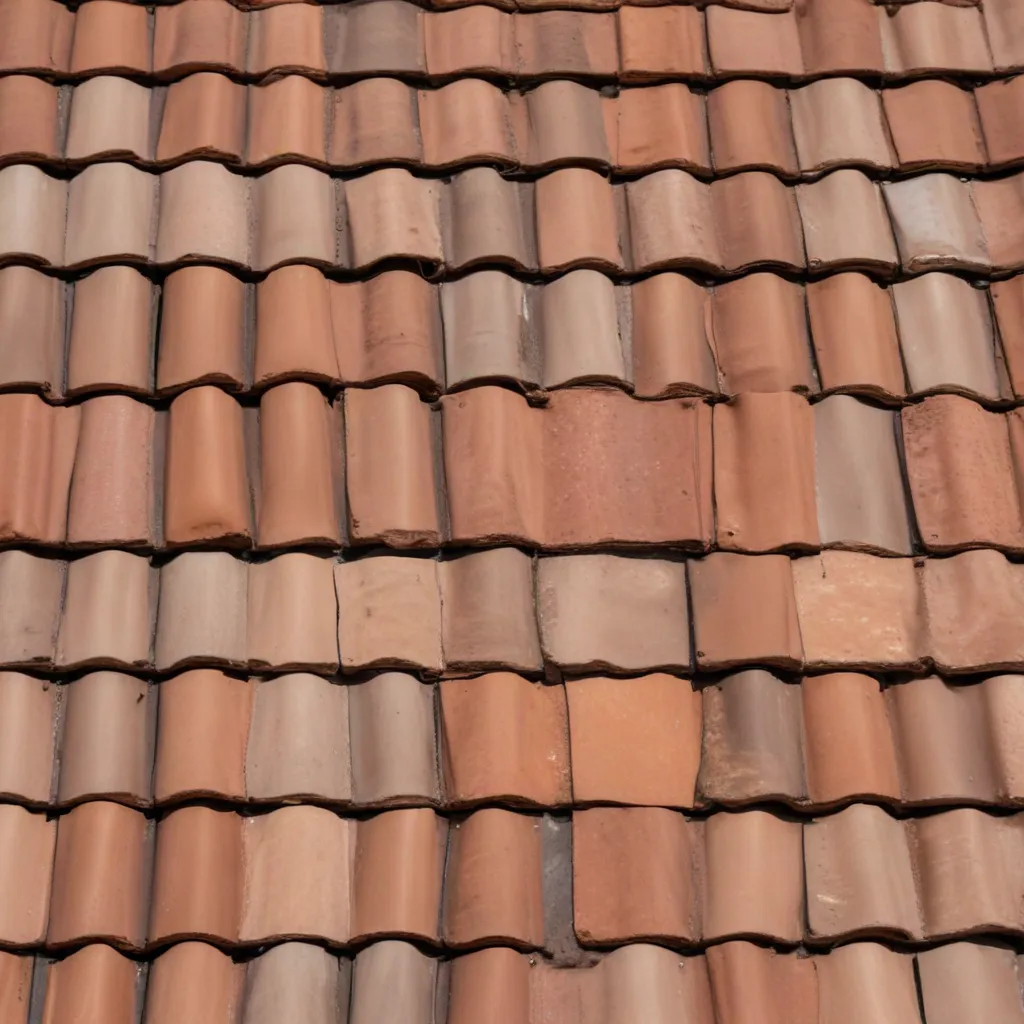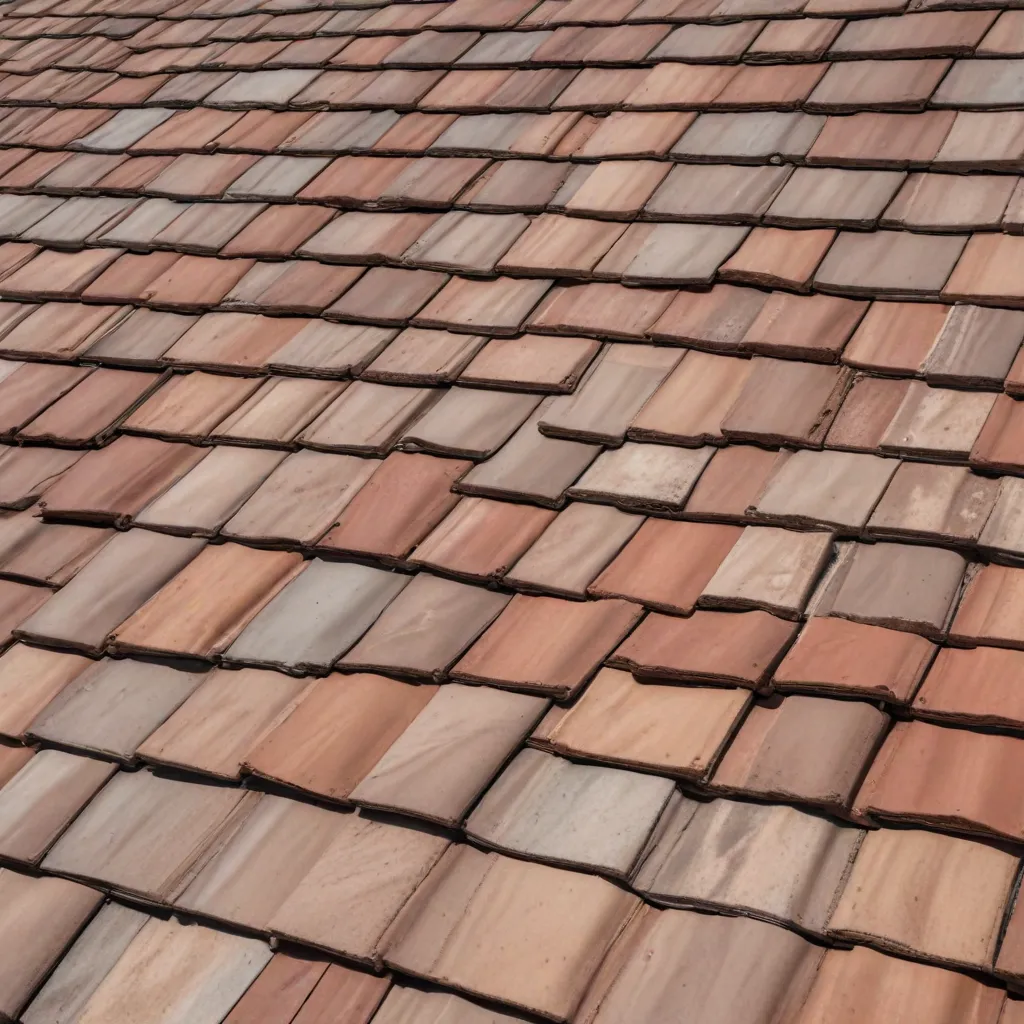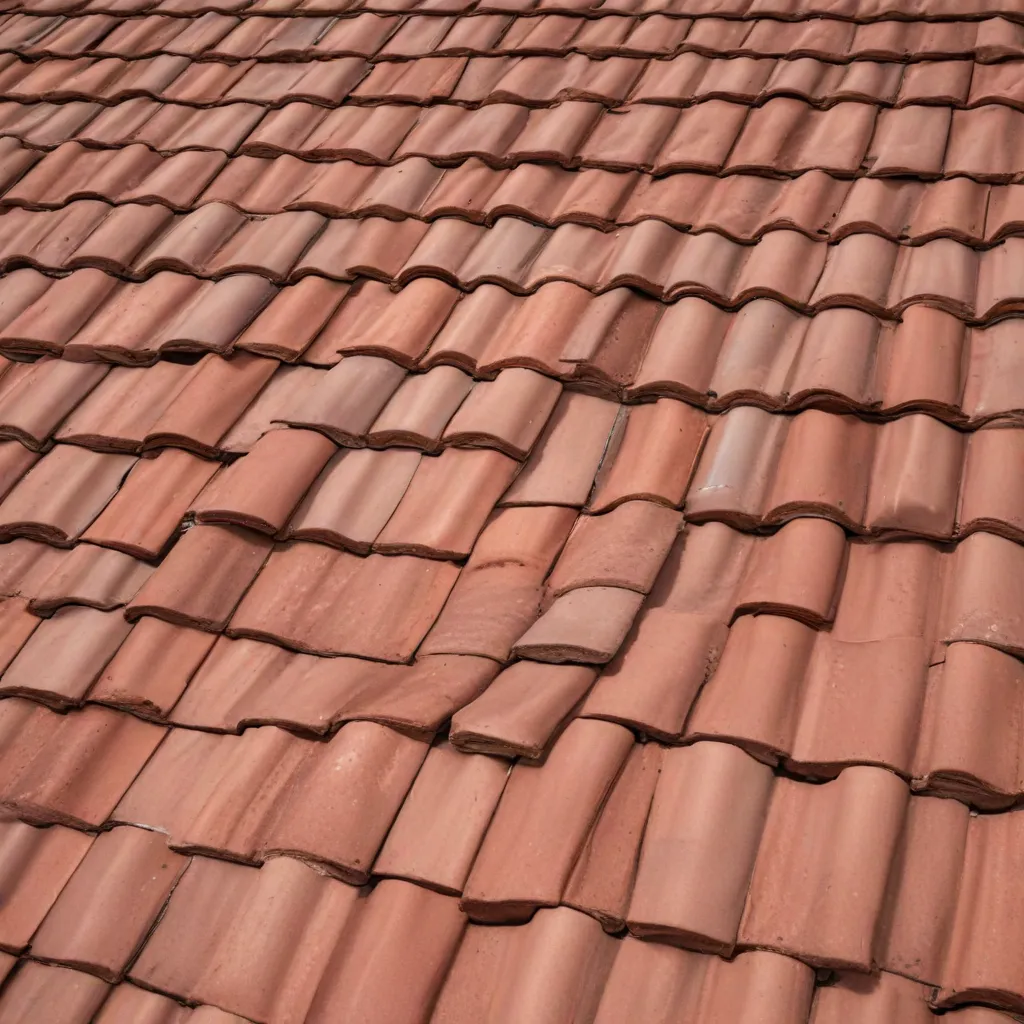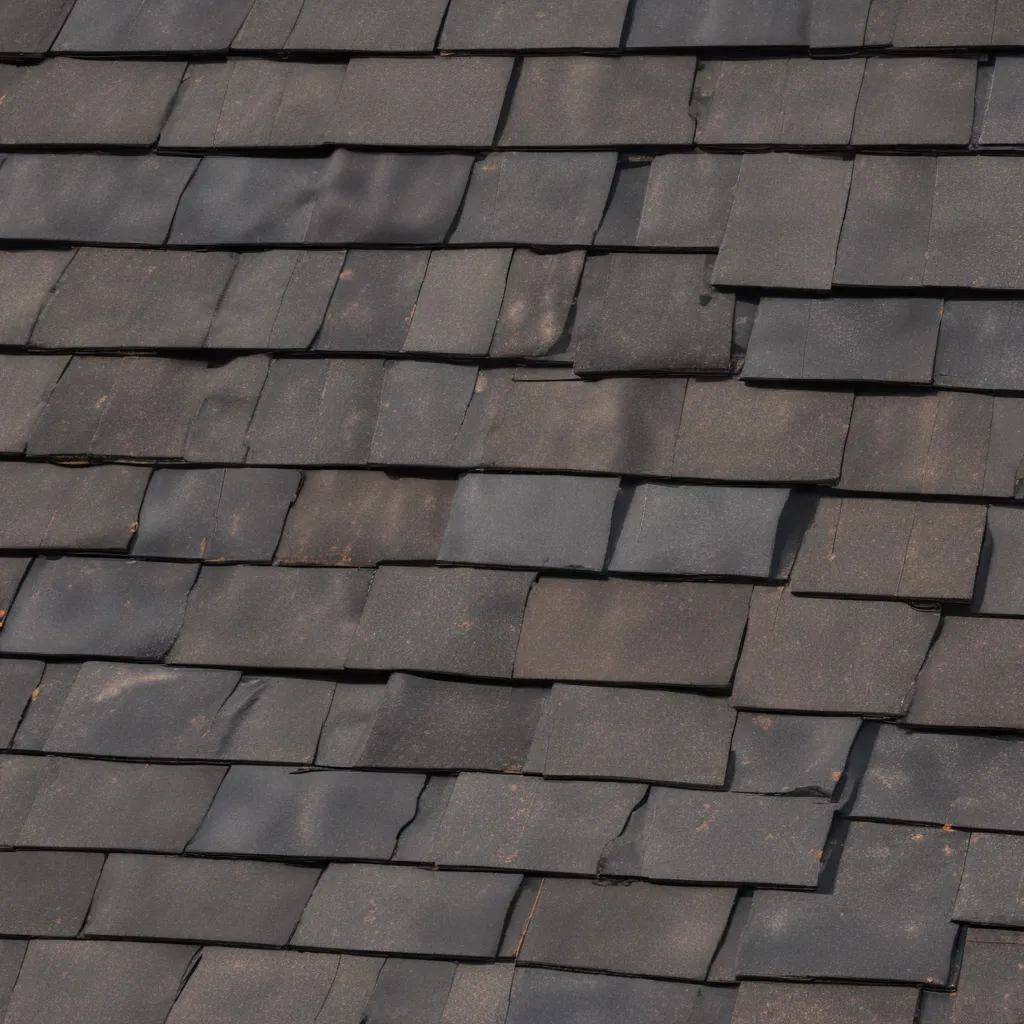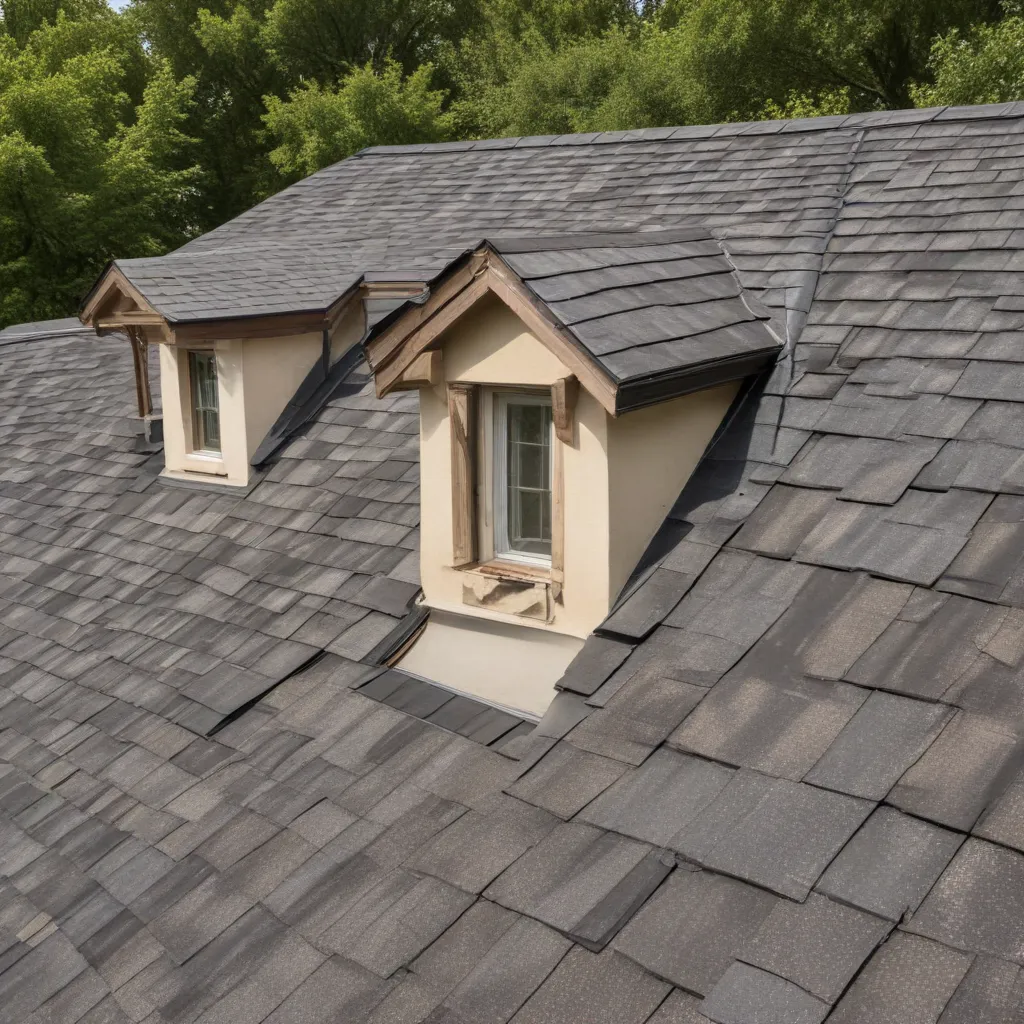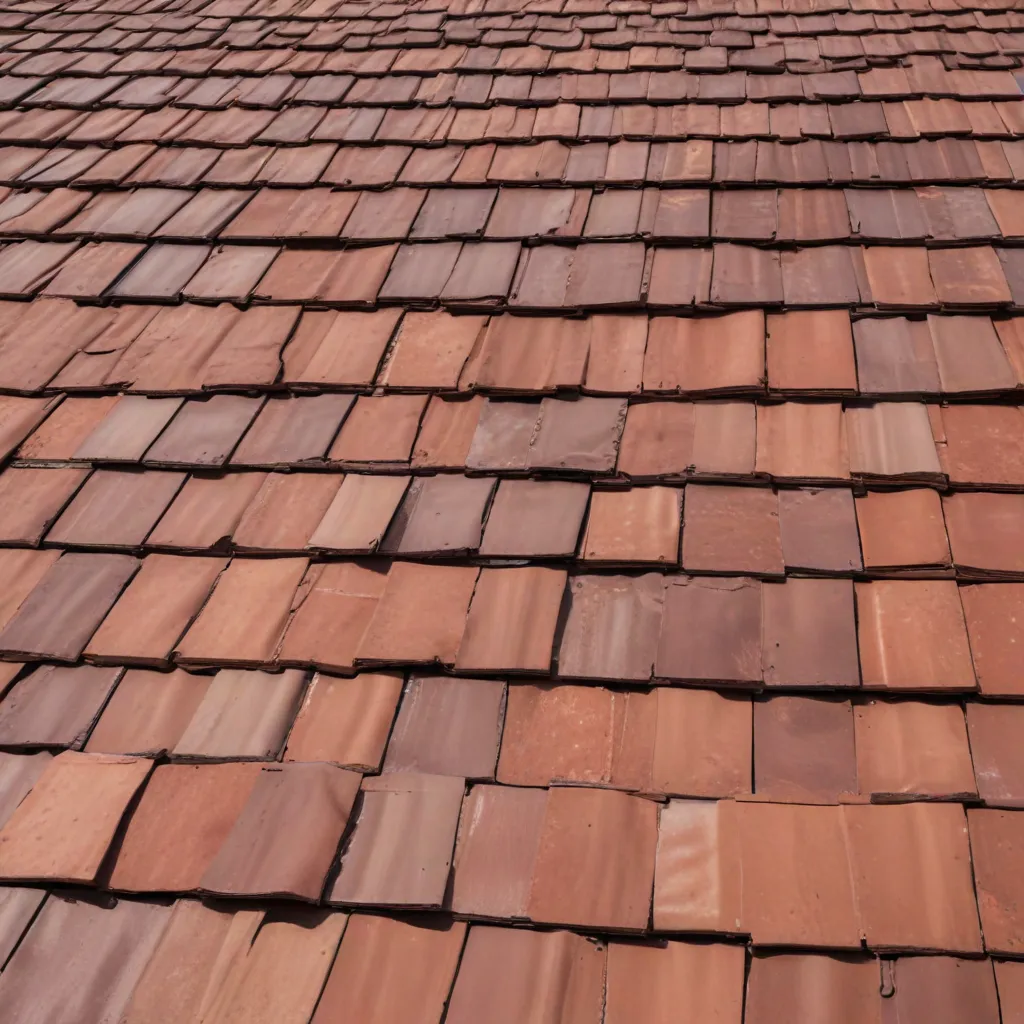In today’s world, where sustainability and environmental consciousness are becoming increasingly important, finding innovative solutions to reduce waste and promote eco-friendly practices is crucial. One such solution lies in the realm of roofing materials. Traditional roofing materials, such as asphalt shingles, contribute to a significant amount of waste and have a negative impact on the environment. However, there is a remarkable alternative that is gaining popularity: eco-friendly roofing materials made from recycled materials. In this article, we will explore the benefits and advantages of these materials, their manufacturing process, and how they can help transform waste into something valuable.

The Environmental Impact of Traditional Roofing Materials
Before delving into the details of eco-friendly roofing materials, it is essential to understand the environmental impact of traditional roofing materials. Asphalt shingles, commonly used in residential roofing, are made from non-renewable resources such as petroleum. The production and disposal of these shingles contribute to greenhouse gas emissions and the depletion of natural resources. Additionally, the manufacturing process involves the release of toxic fumes and the generation of waste that ends up in landfills.
The Rise of Eco-Friendly Roofing Materials
With the growing concern for the environment, the demand for sustainable alternatives to traditional roofing materials has surged. As a result, eco-friendly roofing materials made from recycled materials have emerged as a viable solution. These materials are not only environmentally friendly but also offer a range of benefits for homeowners and the construction industry as a whole.
Recycling and Repurposing: The Manufacturing Process
The production of eco-friendly roofing materials starts with the collection and sorting of recyclable materials. Common sources include reclaimed wood, plastic bottles, rubber tires, and metal scraps. Once collected, these materials undergo a thorough cleaning and preparation process to ensure their suitability for roofing applications. This includes removing any contaminants and processing them into smaller, manageable pieces.
Next, the recycled materials are combined with binders and additives to create a durable and weather-resistant roofing material. The specific formulation varies depending on the desired characteristics of the final product. For example, adding rubber from recycled tires enhances the impact resistance and flexibility of the roofing material, making it more durable in extreme weather conditions.
The Advantages of Eco-Friendly Roofing Materials
Eco-friendly roofing materials offer numerous advantages over their traditional counterparts. Firstly, they contribute to waste reduction by utilizing materials that would otherwise end up in landfills. This not only helps conserve natural resources but also reduces the overall carbon footprint associated with roofing materials.
Secondly, these materials often have a longer lifespan compared to traditional options. They are designed to withstand harsh weather conditions, resist fading, and maintain their structural integrity over time. This durability translates into cost savings for homeowners, as they require fewer repairs and replacements.
Additionally, eco-friendly roofing materials provide excellent insulation properties. They can help regulate indoor temperatures, reducing the need for excessive heating or cooling and resulting in energy savings. This energy efficiency not only benefits homeowners but also contributes to a greener future by reducing overall energy consumption.
The Aesthetics of Eco-Friendly Roofing Materials
Contrary to popular belief, eco-friendly roofing materials do not compromise on aesthetics. They come in a wide variety of colors, styles, and designs, allowing homeowners to choose a roofing material that complements the overall look and feel of their homes. Whether you prefer the rustic charm of reclaimed wood shingles or the sleek appearance of recycled metal tiles, there is an eco-friendly option to suit every architectural style.
Conclusion
In conclusion, eco-friendly roofing materials made from recycled materials offer a sustainable and environmentally conscious alternative to traditional roofing options. By repurposing waste materials, these innovative solutions contribute to waste reduction, conserve natural resources, and reduce the overall carbon footprint associated with roofing. Furthermore, they provide homeowners with long-lasting, energy-efficient, and aesthetically pleasing roofing options. As we continue to prioritize sustainable practices, choosing eco-friendly roofing materials is a significant step towards a greener future.

